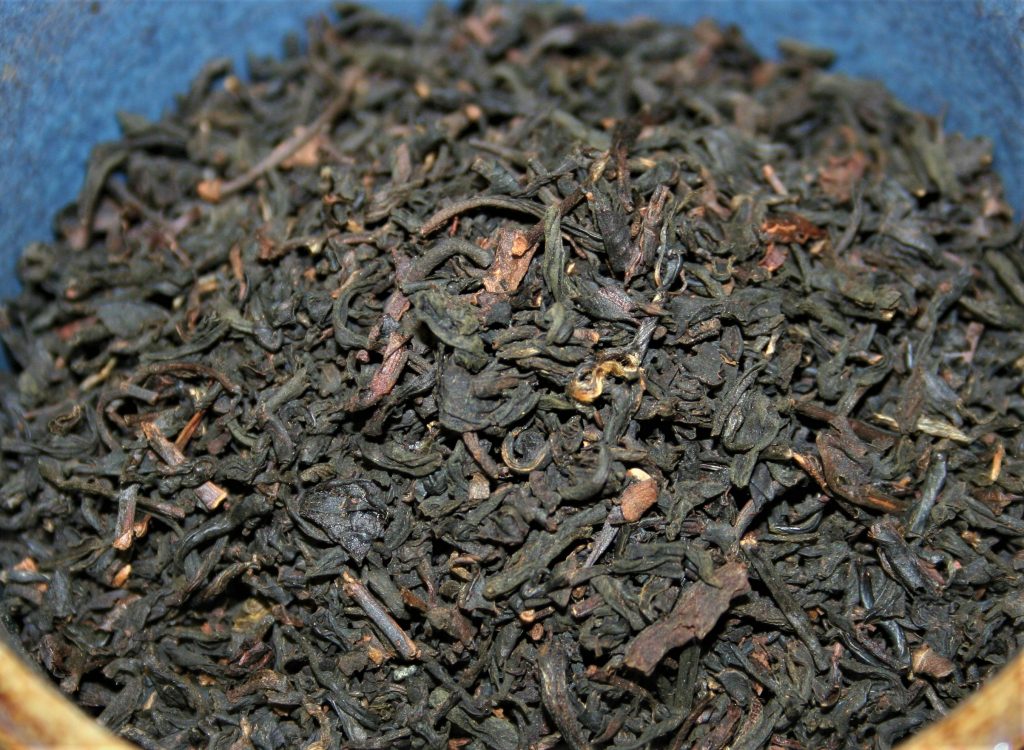A very exotic Colombian offering. This is a slow dried natural, meaning plenty of ferment and fruity tones in the cup profile. Uneven roasting and high chaff, beans like these are changing the coffee game and you will either love or hate them. For a natural fan, this lot is terrific and a perfect example […]
Read More… from COLOMBIAN NARINO – FINCA SAN ANTONIO – NILSON DIAS – NATURAL PROCESSED

